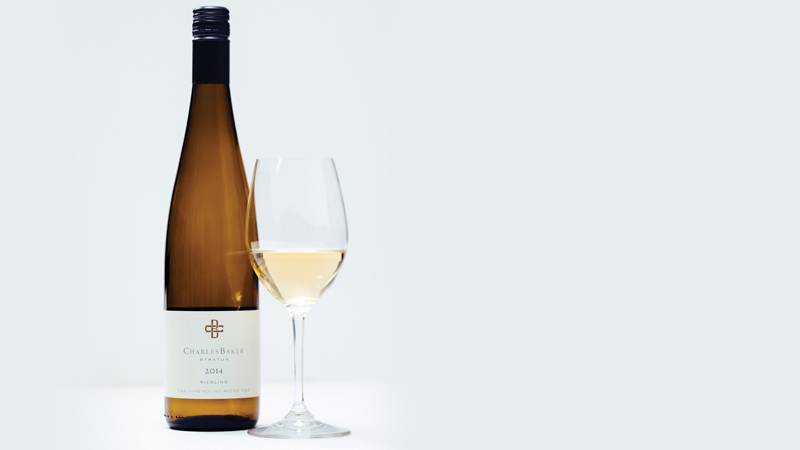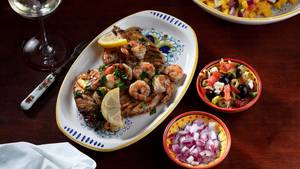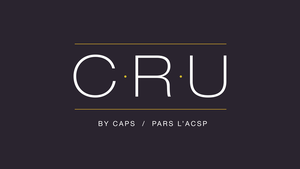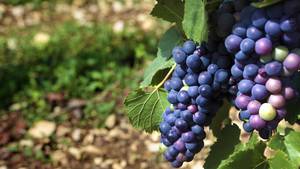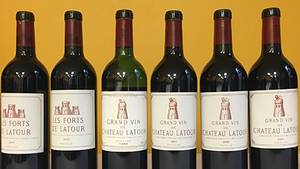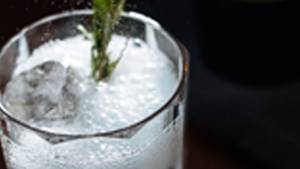Imagine you have as little as three minutes to not only assess and identify a wine, but also indicate its proper service temperature, a glassware choice, ideal drinking window and propose a food pairing. But as sommelier Steven Robinson says quoting Shakespeare, “Brevity is the soul of wit.”
First Smell: 15 seconds
If there are multiple wines, I smell through the entire lineup quickly to try and pick out which wines I expect will be easiest to assess and then attack those first, sticking to whites before reds, and if possible, dry styles before sweet. This helps maximize efficiency and speed.
Appearance: 15 seconds
You’ll never be able to guess what a wine is just by looking at it, but you can glean a lot from the visual. Sommeliers that are trained in competition speed tasting will fly through this so fast you’d think they were auctioneers, but I would say 15 seconds is fine for us mortals. The clarity, colour and depth of colour, secondary hue or changes at the rim, tearing and presence of gas or sediments can be useful in determining alcohol levels, possible climate of origin, grape skin thickness, condition of grapes at harvest, winemaking techniques, age of wine, maybe even the closure used on the bottle.
Second Smell: 40 seconds
First, I take a quick sniff without swirling to check for faults and assess the intensity of the wine’s aromatics. Second, a swirl and sniff to confirm intensity and to form a picture of what the wine is all about. Third, a swirl and sniff with my mouth slightly open to complete the picture. Then, put the glass down and let the wine speak. Describe the fruit family — citrus or tropical, for example — and character of the fruit, whether it’s fresh, under-ripe or jammy, and then all the other non-fruit aromas detected, such as spices, floral tones or oak.
First Taste: 10 seconds
This is quiet time. Checking how consistent the palate is with what was described on the nose and starting to calibrate the structure of the wine.
Second Taste: 75 seconds
A correct assessment of the structural components of the wine — sugar content, acidity, body, alcohol and tannin — is crucial. Be patient here. The impacts of acid, alcohol and tannin typically build with time, so best practice is to wait just a bit to be sure you are getting the right feedback from your mouth. Let that wine settle in. Next, tackle the flavour descriptors like the nose, fruit and non-fruit, and throw in texture, balance, and finish for good measure. While doing all this talking a thoughtful sommelier can project outward and engage the audience and judges. A pro can put the glass down and describe the entire palate without returning.
Final Conclusions: 25 seconds
It’s all building to this. Identify the wine and give as much information as possible. Ten seconds to spare. Breathe.
3 minute tasting
First smell
Bingo! This screams riesling on the nose. I just need to figure out where it’s from. Note to self: despite recognizing its riesling aromatics, don’t simply regurgitate a riesling tasting note out of habit. But where is it from?
Appearance Bright, clear, pale straw colour with platinum hue and touch of green on edge. Light tears. It’s youthful, low alcohol. Cool climate? Certainly unoaked.
Second smell
Fairly intense. There’s a bit of development with lemon and lime, although the fruit is not totally fresh. It’s a little confected and honeyed. There’s a hallmark riesling petrol note but also a stone-like character. This wine seems more about minerality than fruit. Definitely no new oak. Citrus, floral and waxy notes in the background. I am willing to commit to New World.
First taste
Sour! But a touch of sweetness as well.
Second taste
Sugar tempered by acidity. I’d argue more residual sugar than it seems. Off-dry will be call, though the impression is of a wine almost completely dry. The body is light and low in alcohol. It’s very juicy and mouth-watering. Fruit consistent with the nose and the mineral character continues to be dominant along with the petrol. It has great a balance and length. No oak. Stainless steel fermented. But where is it from?
Conclusions
Riesling is the only option. Structure is essential here, as it’s not typical of Germany, France or Austria. It’s New World. Australia? Ontario? Okanagan? Finger Lakes? It’s got a bit of bottle age…. three, four or maybe five years old.
It’s riesling, New World, Canada, Ontario, Niagara Peninsula. It’s got the mineral character of the Niagara Escarpment and the depth of an old vines version. Vintage 2014.
It must be the 2014 Charles Baker Picone Vineyard Riesling from the Vinemount Ridge DVA.
If only it was that easy.
Photo by Perry Jackson

